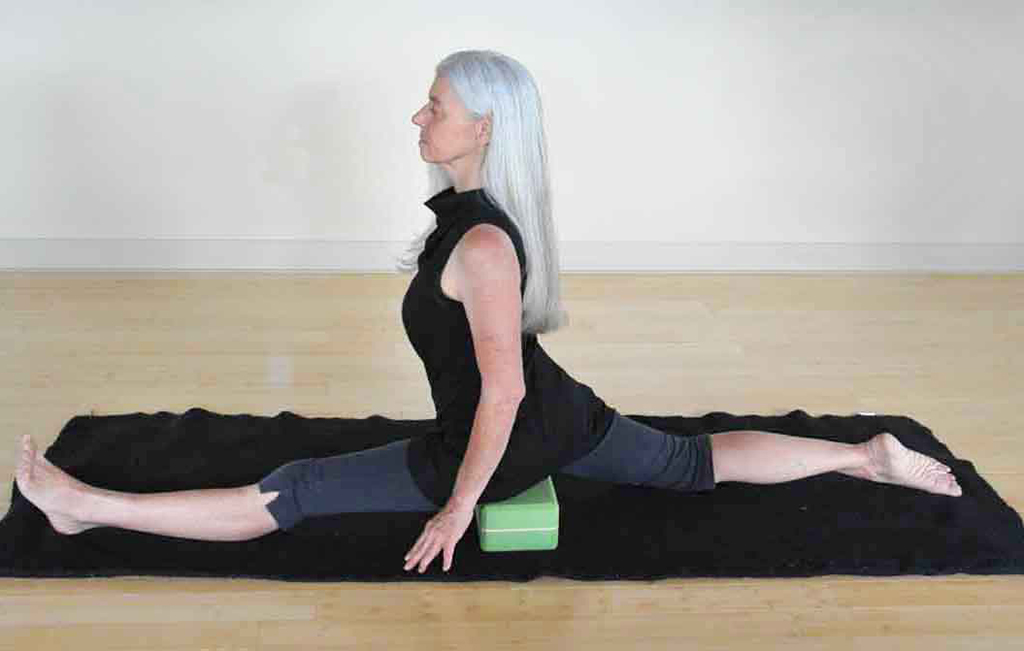
In a recent post, I recounted the story of Anjaneya, a child prodigy—part monkey, godson of the wind god Vayu, and reincarnation of Shiva—that got himself into trouble for making a giant leap for the sun without the sun god’s permission. (He thought it was a giant mango and just couldn’t help himself.) Long story short, Anjaneya was not only absolved of his crime, after some wrangling with the sun god, but even elevated to god status. Dubbed Hanuman, he took the form of a monkey-god.
The Ramayana tells the story of Hanuman’s most famous good deed, a heroic leap to save the sensuous Sita from the ravages of the greedy egomaniac Ravana, who had abducted her from her home in the woods with the beneficent prince, Rama. So devoted was Hanuman to Rama that he offered to go to Sri Lanka and rescue her. With the support of Vayu, Hanuman leapt on the wind, legs splayed fore and aft, and in one giant leap, spanned the ocean to rescue Sita. The animated film, Sita Sings the Blues, tells the whole story of Rama, Sita, Ravana and Hanuman with colorful, tuneful brilliance. It is very much worth watching. You can find it online.
The famous asana, Hanumanasana, symbolizes the monkey god’s heroic leap. We don’t need to have gymnastics chops to leap in the yogic sense though. The simple act of extending one leg forward and the other back—any amount—and breathing deeply allows us to expand and be buoyed by the breeze of our own breath.
Hanumanasana is challenging for just about everyone. And that’s the point: It’s a leap into the unknown. As always in asana practice, what your pose looks like and how close you get to the floor, is completely irrelevant. In the yoga tradition, mastery of asana is defined as the stage when “all effort is relaxed and your mind is absorbed in the Infinite,” not when you reach the most extreme version of a pose.
I won’t claim that relaxing effort is easy in Hanumanasana; it’s not. But rather than pushing to make it to the floor, and being disappointed if you can’t—even after years of practice—it’s more reasonable and actually more powerful to challenge yourself to relax effort and let go into “being” the pose as it is rather than forcing it. No matter how close you are to the floor, Hanumanasana challenges us to leap into unknown territory.
To prepare for Hanumanasana, it’s a good idea to stretch both the quadriceps and the hamstrings. Start with some relaxed forward bends or standing poses such as Trikonasana (Triangle Pose). One of the best preparatory poses is Anjaneyasana (Lunge Pose). Anjaneya was an early incarnation of Hanuman, so the two poses have the same relationship to each other. Anjaneyasana precedes Hanumanasana; Anjaneya’s leaps toward the sun were good practice for his subsequent leap across the Palk Strait.
How to Practice Hanumanasana
- After warming up, spread out a blanket the length of your yoga mat and place it on top of your mat. Another option is to use two folded blankets. I’ll tell you how to use these momentarily. Have a couple yoga blocks handy.
- Start in Anjaneyasana (Lunge Pose) with your right foot in front, directly under your knee and left knee behind, with both on your blanket over your mat. Alternately, place one folded blanket under your left knee and another under your right foot (in front of you, directly under your right knee).
- Place a yoga block on either side of your pelvis and place your hands on your blocks. Start with the blocks in their tallest position.
- Now slide your right foot forward and your left knee back toward what we Westerners call “splits.” If you’re using two blankets, your blankets will slide along the floor under your knee and foot.
- At whatever point you feel resistance in your legs, stop, adjust your hand-support blocks to a different height if need be (or keep them where they are), and relax and breathe deeply.
- After about 5 to 10 deep, relaxed breaths, return to a kneeling position for a few breaths before switching to the other side.
- I no longer suggest trying to keep the two sides of the pelvis lined up with each other, as I don’t believe that the hip joints and sacroiliac joint actually function well that way. However, I don’t suggest collapsing onto the hip of your front leg either. Do try to keep the hips equidistant from the floor, but let the hip of your front leg be forward of the hip of your back leg. Rise out of the pelvis, lengthening both sides of your waist.
- If you are close enough to the floor to place a block under the hip of your front leg (as in the photo), this is a nice way to practice, as it frees your hands and shoulders.
- I like to practice Hanumanasana at least twice on each side, because quite often the second time feels more easeful.
Hanumanasana stretches the quadriceps, hamstrings and hip flexors. As you simultaneously open the fronts and backs of your legs, your stride becomes smoother and longer, making giant leaps more accessible. As the heroic leap from the known to the unknown becomes easier, the expansive realm of your potential becomes your home.
Updated article from October 14, 2014.

Hello., my daughter and I found two monkey poses. the splits and the other one where you are just leaning over. Which is correct?? Thanks!!!!!